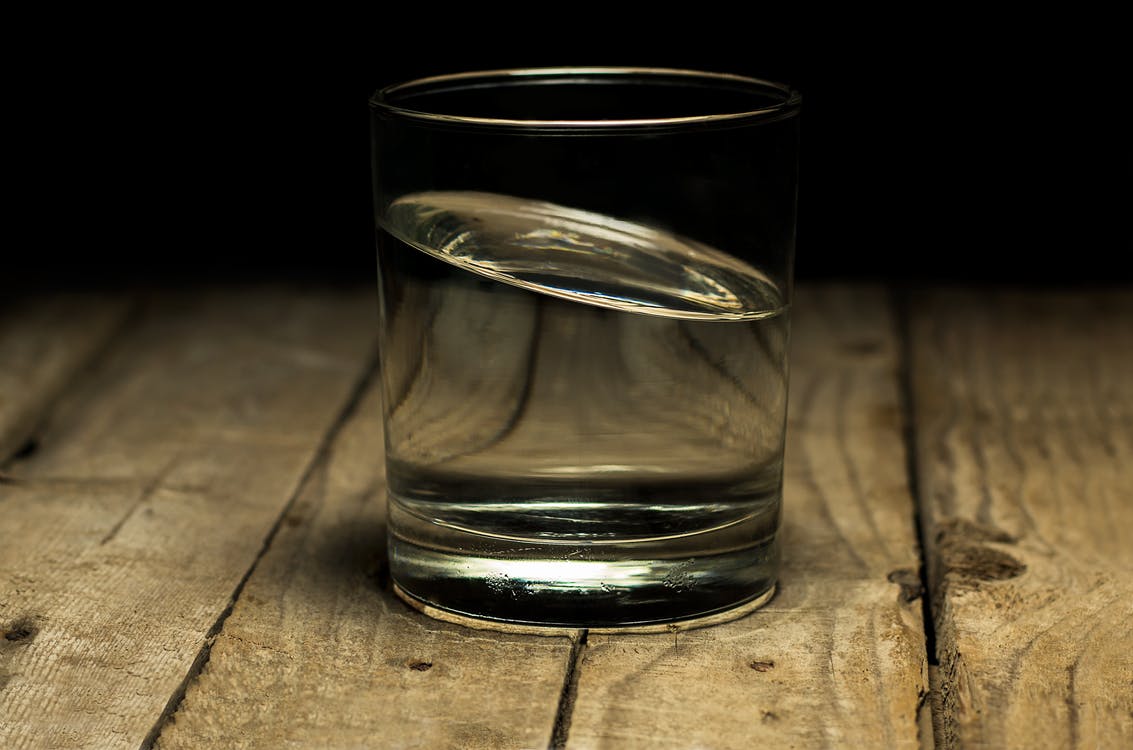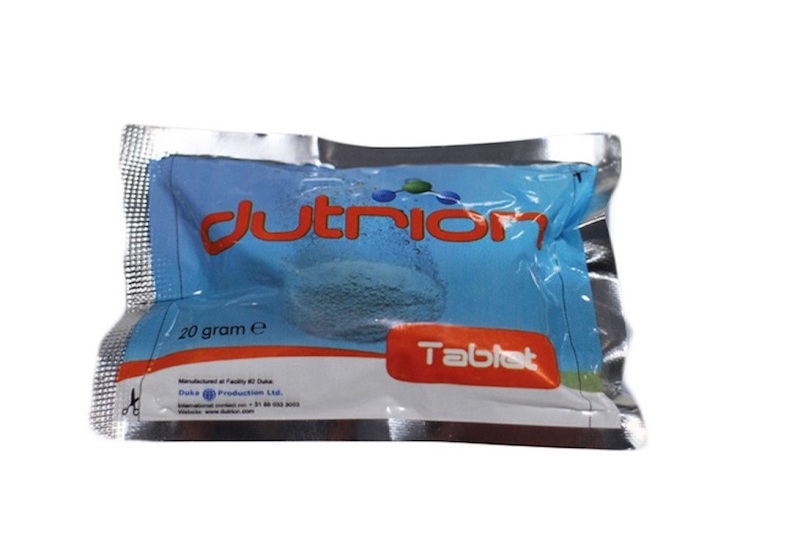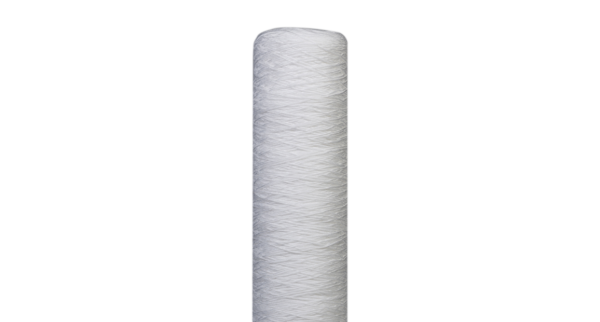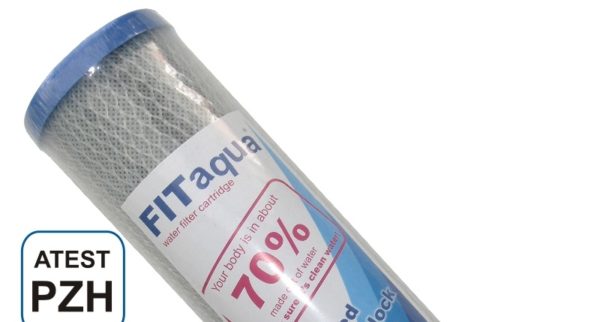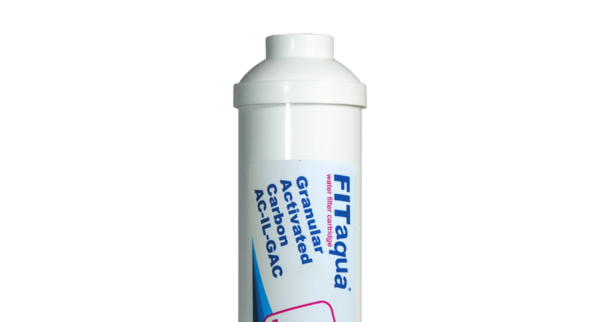Water brings important nutrients (vitamins and minerals) into our body and removes metabolic waste from the living cells of our body. Water also participates in thermoregulation and breathing process. The human body requires at least 1.5 to 2.0 liters of water per day in order to function normally. A human can live without food for up to two months, and without water he cannot live for more than a few days.
The obvious fact is that water is necessary for life, but in the same time water is one of the leading causes of illness in the world. Water in nature contains a multitude of microorganisms, some of which cause serious illnesses, such as cholera, typhus, hepatitis and gastroenteritis. Water is often contaminated with chemicals, pesticides, nitrites, heavy metals, oil and oil byproducts, chlorine-based compounds and other toxic elements. The consequences of consuming contaminated water can be felt immediately or can occur after a few years.
These are the most common causes of polluted water:
Industry
Huge amounts of harmful substances and gases rise from the chimneys of industrial factories into the atmosphere and through the precipitation they return to the ground and into the aquifers. Waste industrial waters pollute rivers and lakes. The atmosphere is in constant motion, as evidenced by the rainfall with sand particles from African deserts, nuclear clouds from Fukushima, or volcanic ash from Iceland.
Waste landfills
Legal and illegal landfills are often located at the water source themselves. Pollution from the landfill goes unnoticed but constantly but with a certain and disastrous outcome for water.
Plumbing tubes
Various forms of pollution such as heavy metals (lead, mercury, zinc, copper, chrome, nickel), rust, stoneware and others, which greatly affect the quality of drinking water can be found in water supply installations (especially older than 20 years). The iron content in water should be minimal since iron (as well as other metals) connects to inorganic compounds and creates toxic loads for the human body.
Chlorine
Chlorine is the main ingredient of most disinfectants. It is used to kill bacteria in water. Chlorine kills living organisms, including humans ones. Chlorine is necessarily bad, its disinfection is effective, but its side effects for human health are destructive and irreversible. Only minimum chlorine content in water is prescribed for good reason. The tolerance threshold for every man is different. People suffering from asthma and allergies feel worse even if there is poor chlorine levels in the water. And the worst is that chlorine reacts with organic compounds found in tap water and creates proven carcinogenic substances of trihalomethane.
Arsenic
Arsenic is an extremely toxic element that has a great impact on human health, especially on skin and blood circulation problems and can cause cancer. It can be found in groundwater in some areas of Europe as a by-product of glass and electronics production.
Pesticides, herbicides, petroleum products, nitrates, asbestos, calcium salts, magnesium, impurities from waste water and other harmful substances and compounds that may be present in water and make cocktails that we drink even worse.
Does clean water exist in nature?
Water should be defined as a liquid with no color, taste and smell. But that is not always the case. And if so, it sometimes contains solutions and supplements that should not be there.
From the elementary school we know that the water by the warming of the sun evaporates and then, after cooling into the atmosphere, it returns to precipitation, then penetrates into the upper layers of the soil and reaches groundwater, rivers, lakes and the sea, closing a steady cycle of circling. It is also known that water dissolves more or more with what it comes into contact with.
Already in the atmosphere the water particle dissolves the gases changing their natural properties. After the rain the sky is brighter and cleaner, and what kind of water is it? Remember, rainwater is not safe for drinking!
When rain or snow comes to the land, it dissolves many substances from the surface, including bio-deposits, impurities, pesticides, metals and everything else that is found in the way, picking up different microorganisms and getting “enriched” into the water source, passing a disinfection process chlorine and through the system of water pipes reaches the end user – your family.


 BiH
BiH
